
Piercing the veil
A new exhibition at Buxton Contemporary finds a rich complexity in the shadowy terrain between life and death.
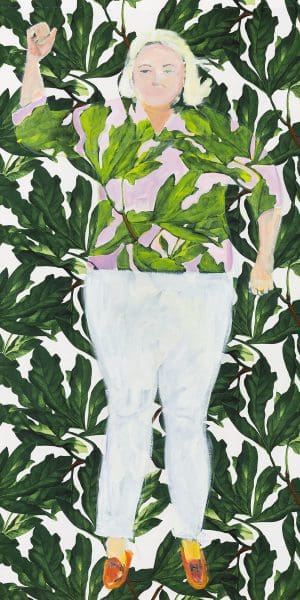
Linda Brescia, from the series Skirts (2021). Produced and presented by C3West on behalf of the Museum of Contemporary Art Australia in partnership with Penrith City Council. Courtesy and © the artist. Photo: Jessica Maurer.

Linda Brescia, from the series Skirts (2021). Produced and presented by C3West on behalf of the Museum of Contemporary Art Australia in partnership with Penrith City Council. Courtesy and © the artist. Photo: Jessica Maurer.
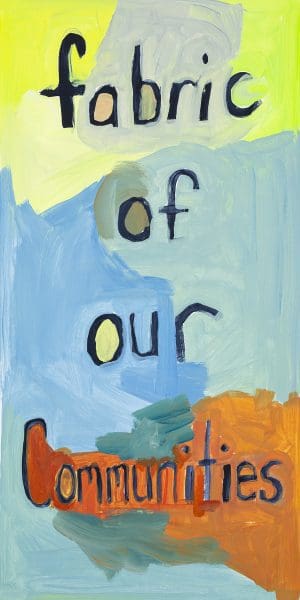
Linda Brescia, from the series Skirts (2021). Produced and presented by C3West on behalf of the Museum of Contemporary Art Australia in partnership with Penrith City Council. Courtesy and © the artist. Photo: Jessica Maurer.
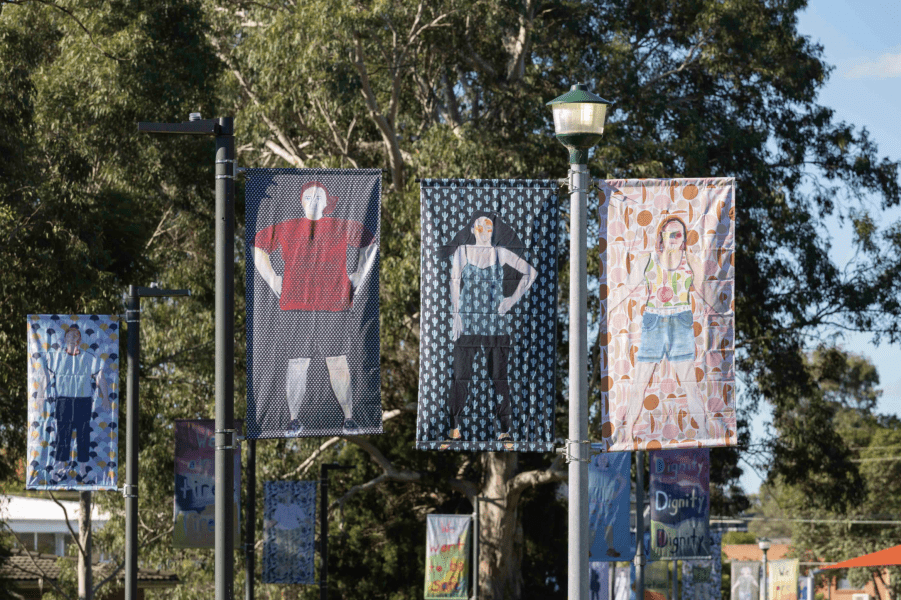
Linda Brescia, from the series Skirts (2021). Produced and presented by C3West on behalf of the Museum of Contemporary Art Australia in partnership with Penrith City Council. Courtesy and © the artist. Photo: Jessica Maurer.
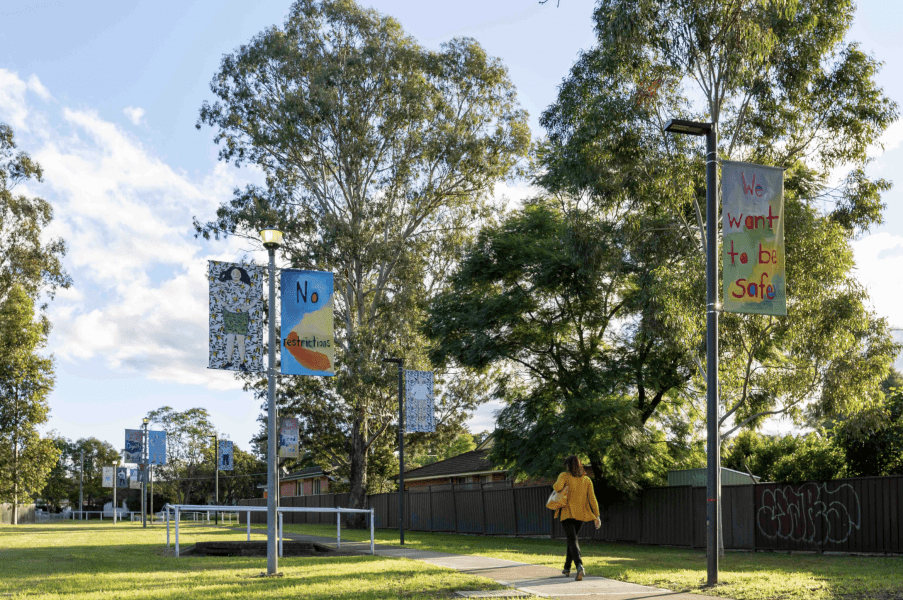
Linda Brescia, from the series Skirts (2021). Produced and presented by C3West on behalf of the Museum of Contemporary Art Australia in partnership with Penrith City Council. Courtesy and © the artist. Photo: Jessica Maurer.

Linda Brescia, from the series Skirts (2021). Produced and presented by C3West on behalf of the Museum of Contemporary Art Australia in partnership with Penrith City Council. Courtesy and © the artist. Photo: Jessica Maurer.
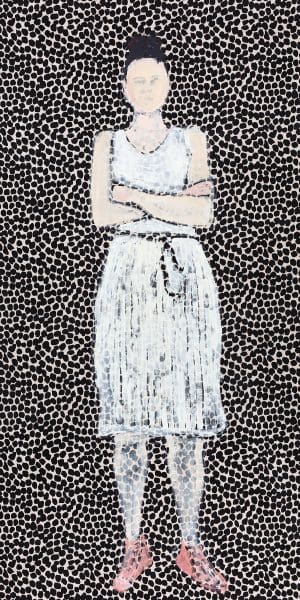
Linda Brescia, from the series Skirts (2021). Produced and presented by C3West on behalf of the Museum of Contemporary Art Australia in partnership with Penrith City Council. Courtesy and © the artist. Photo: Jessica Maurer.

Linda Brescia, Wollongong, 2012, Digital Image, Courtesy of the artist.
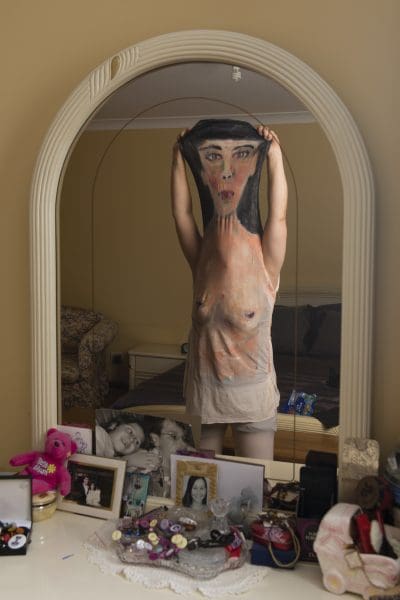
Linda Brescia, Persona and performance in everyday life, digital c-type print, 2014 54x84cm Photo Alex Wisser.
For Linda Brescia Western Sydney is both a geographical location and a socio-political context. The artist is known for working with local communities and for turning the spotlight on the lives of ordinary women. Tracey Clement spoke to Brescia about doing both of these things in her current project Skirts – a C3West initiative facilitated by the Museum of Contemporary Art (MCA) – as well as her penchant for dressing up as nudes and nuns, and her feminist conversion moment.
Tracey Clement: Your diverse practice incorporates painting, performance, sculpture, etc. What seems to link all your projects is a concern for the lives and visibility of women. Do you identify as a feminist?
Linda Brescia: I definitely identify as a feminist. And that’s exactly what I’m looking at: women, visibility of women, the work that they do, the care they give, issues around the self-assertion of women, violence against women. And ageism. As women get older we just get more invisible.
TC: So how did you become a feminist? Was there a ‘conversion moment’ for you?
LB: I suppose it always stems from the family. The different standards for men and women, it was just blatantly obvious even within my own family. You know, the expectation for the girl to be the good girl, and everyone always making excuses for the bad behaviour of men and boys.
I was maybe 15, and my mother asked me to give her a hand in the house and to make my brother’s bed. I was like, “Why am I making his bed?” I think her response was, “Well, you’re not doing it for him. You’re doing it to help me.” And that was her way around it. But, it definitely smelled fishy to me.
I remember having those conversations with her and she would say, “Oh look, I know it’s not fair, but that’s just the way it is. That’s how life is.”
The values were just so different. I was living a traditional life. I finished school and I got a job. I got married, had kids, and I was a stay-at-home-mum.
And then I realised one day, “Wow, I need something else in my life.” It wasn’t enough. I was in the shower and I had this big ‘Ah ha’ moment.
And that’s when I started making art. I started life drawing at Casula Powerhouse, I joined art societies and I went to different classes. Then I studied fine art at TAFE with a friend.
I remember what it was like for me then. My mum offered to pick up my children from school so that I could be at TAFE until four o’clock. It was such a big deal for me, just for me to take those two days out. I remember I couldn’t even sleep the night before. That was a big turning point, when I gave myself those things.
TC: In some of your performance pieces you wear a painted mask and a very tight painted ‘second skin’ making you look almost like a living de Kooning nude; you are clothed and naked at the same time! What is the strategy behind this dressing-up tactic?
LB: Initially it was because I did feel completely invisible. Here I was, this middle-aged woman – a suburban mum – in an art world where, you know, that is not a cool thing to be.
But as soon as I covered up my body with paintings, I became instantly visible. And I had a lot more confidence.
TC: You’ve described your performances as a bit like Leigh Bowery meets Julia Child. And there is definitely something quite burlesque going on. But does this mean you’re a domestic goddess as well?
LB: Perhaps I am! But I think it’s up to other people to make that call. I don’t know if I feel comfortable giving myself that title. But I do still do a lot of cooking and cleaning.
And as I’ve said in the past, “I consider myself a feminist, but I’m still the one that cleans the toilet.
TC: On Instagram I’ve seen you dressed-up as a nun and swearing like a sailor! But I gather you were looking at Saint Hildegard…
LB: Look, the swearing was in the out-takes, and was probably more about me trying to make a video… But I did go to Catholic school, so we had our fair share of making fun of nuns.
And I’ve I dressed up as a nun before; the whole nun idea is about a woman being the voice of God (whatever that happens to be) rather than the Pope or a priest or a Bishop or another man.
Anyway, I pitched an idea about Hildegard of Bingen (1098-1179) to Utp for a residency in 2020 and I made a Dream Sequence video (Utp’s digital response to Covid) about her. She was an artist and she was a healer.
I discovered Hildegard around the time of the fires. There was so much smoke; I developed asthma, I couldn’t go outside. I realised how important our plants are, and started bringing plants inside and spending a lot more time in the garden. And I got interested in the healing properties of plants, and that’s something Hildegard was interested in.
But you know, she was also a feminist, way before her time, when women weren’t allowed to work, or sometimes women couldn’t even speak.

TC: Giving women a voice seems the perfect segue to your current C3West / MCA project Skirts…
LB: I like working with communities in Western Sydney. I’ve always lived in Western Sydney. It’s all I’ve ever known. I work with the No Boundaries Art Group for people with disabilities in the Penrith area, and for Skirts I worked with women from Kingswood in Western Sydney.
Penrith City Council looked at what the community’s concerns were. And they identified safety. So we did a few introductory workshops and I thought it would be a great idea to have a manifesto. So Felicity Castagna, who I share a Parramatta Artists’ Studios space with at Rydalmere, ran workshops with the women and together they wrote the Skirts manifesto.
And initially we thought that the artwork would be the manifesto, perhaps on a mural or something like that. But I ended up painting life-sized portraits of women, and text works based on the manifesto, and they are now hanging outside in Wainwright Park in Kingswood.
This wasn’t what we were thinking in the beginning. But it worked really well because by painting the women on the banners, it gives them a presence in the park, as well as their words.
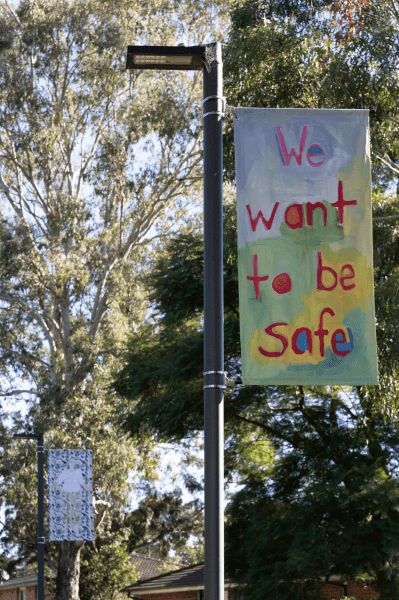
TC: And the words change everything. I mean, when you first look at Skirts you see these big portraits of women on flags and it seems quite joyous. And then you read “We want to be safe” and you know that a public space isn’t always a safe place for women. So I starting thinking, maybe these women are like guardians, maybe they’re there to watch and to protect…
LB: I think they could be. I know I don’t feel safe walking around at night if there isn’t anybody else around. I think as women we have that fear. I have that fear, I’ve always had that fear. And that’s terrible.
TC: It’s shocking that women still have to be declaring a basic desire for safety…
LB: Of course it’s shocking. But I’m not surprised. I’m angered by it. I’m saddened by it. It’s an ongoing issue. Sometimes I think it’s worse than ever. If one woman a week is getting killed, I mean, that’s a travesty. There is no other word for it.
TC: All the feminist issues your work addresses are ongoing, so what’s next for you?
LB: Really, all I want to do now is get stuck into painting. I’ve ordered some large canvases, and I just want to be in the studio and to start painting.
TC: It’s the classic feminist desire for a Room of One’s Own…
LB: Exactly.
Skirts
Linda Brescia
Wainwright Park, Kingswood
30 May – 5 September